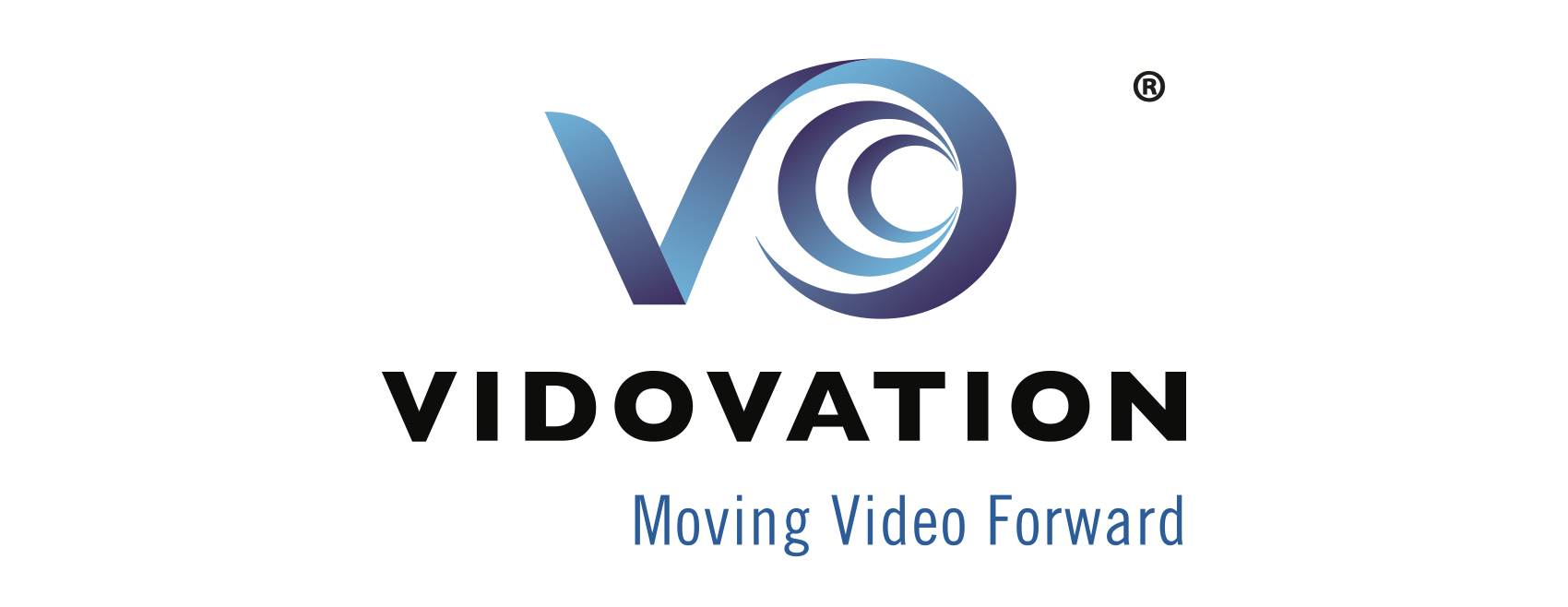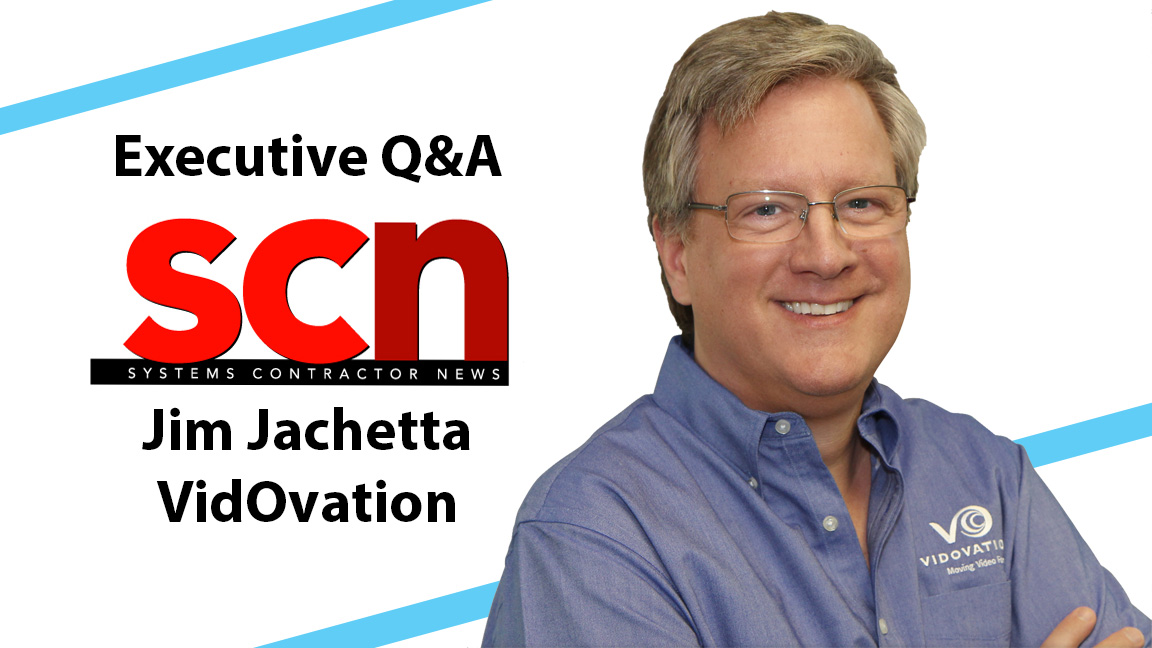SCN: How long have you been with this company, and what are your responsibilities?
Jim Jachetta: I have been in the industry over 30 years. I am the co-founder and CTO of VidOvation. My team and I founded VidOvation in 2010.
SCN: Back in October, you announced VidOvation’s Technology-as-a-Service (TaaS) offering. Why is this different from a lease, and how does it benefit integrators?
JJ: The appealing aspect of a lease is to spread the cost or the capital equipment expense over 36 or 60 months. A possible negative is the customer is locked into the technology for 36 or 60 months.
With TaaS, the payments are made over a 36 or 60-month term, except the customer can upgrade their technology anytime. One of the conditions is that the new equipment has to be of equal or higher value than the original purchase, but it means users always have an easy access upgrade path to the latest technology.
VidOvation engages with its customers for the long haul, encouraging technology refreshes every three to five years to avoid the pitfalls of technology end of life. VidOvation is working with many customers right now who are scrambling to replace technology that is many years past end of life. Technology-as-a-Service avoids the pitfalls of technology end of life. Customers will never be faced with a sudden lack of product or technology support from a vendor.

SCN: Between your TaaS approach and Software-as-a-Service (SaaS) solutions announced by other manufacturers, are we seeing a fundamental change in the way the Pro AV does business?
JJ: Yes. Businesses across many industries have shifted from a Capital Expenditure (CapEx) to an Operational Expenditure (OpEx) model. The modern enterprise does not want deprecating assets on their balance sheet that they have to amortize over a five or 10-year period.
SCN: Since this interview is in our Sustainability Issue, does your TaaS approach offer an element of sustainability?
JJ: As a trusted partner, VidOvation is committed to repurposing old equipment where possible and properly recycling equipment that can no longer be used. So, yes, in the sense that we take back equipment before end of life, and that equipment can be refurbished and repurposed for applications that don’t require the most recent, top-of-the-line equipment, we’re contributing to a more sustainable product lifecycle ecosystem.
[Blueprint for Success: Learn from the Past, Shape Your Future]
SCN: IPTV is one of the core competencies of your company. What are some of the challenges integrators must consider in today’s IPTV environment?
JJ: VidOvation works closely with the prime systems integrator and the customer to ensure a smooth rollout of IPTV and digital signage on the customers’ network. One of the fundamental requirements of enterprise IPTV is for the network to be multicast and IGMP enabled.
SCN: Digital signage is another important area for VidOvation. Where do you see the biggest growth areas in digital signage installs?
JJ: VidOvation has seen growth in digital signage in casinos, resorts, hotels, convention centers, stadiums, and corporate applications. Every enterprise is seeking new ways to inform and entertain their guests, fans, attendees, and employees. A mixed-media IPTV digital signage system with text, images, video, and live television is the perfect scalable solution to quickly and efficiently provide information and entertainment.
[How To Use the Cloud to Deliver SaaS Solutions]
SCN: When you are approached by digital signage customers, what are some of the elements that haven’t been considered for their installations?
JJ: In many installations, VidOvation combines IPTV and digital signage into one informational and entertainment system. This gives the user the added ability of integrating live television into the digital signage experience. It is possible to combine live TV, text, static images, and video clips all in one digital signage experience.
SCN: At-home or REMI production: Was it a COVID-related fad, or is this a “new normal” option for multi-camera productions?
JJ: VidOvation has been successfully deploying at-home or REMI production technology for more than eight years. Yes, the lockdown and COVID-19 accelerated the deployment and use of at-home production technology, but we were prepared for the growth.
Technology-as-a-Service avoids the pitfalls of technology end of life. Customers will never be faced with a sudden lack of product or technology support from a vendor.
You could say that COVID-19 was the catalyst to get more widespread use of at-home and REMI production, but the technology had already been tried and tested. And now there is no going back: Once content creators realized they could save time and money with at-home production technology, they were all in.
[Executive Q&A: Blaze Audio Is On a Mission]
Broadcasters and production companies have benefited from a simplified workflow and a drastic savings in costs. Production personnel and knowledge workers that typically participate in the production of one or two events a week can now participate and one or two events a day. One of the benefits of at-home production technology is the elimination of travel and most of the logistics required for a production.
SCN: What new initiatives are we likely to see from your company?
JJ: In hospitality, IPTV is a common requirement to support bring your own device (BYOD) to integrate the guest’s phone into the IPTV in-room experience. VidOvation provides a casting option to support casting video from a guest’s phone to the in-room IPTV screen. The guest can bring up YouTube, Hulu, Netflix, or any video content on their phone and easily share it on the in-room screen.

